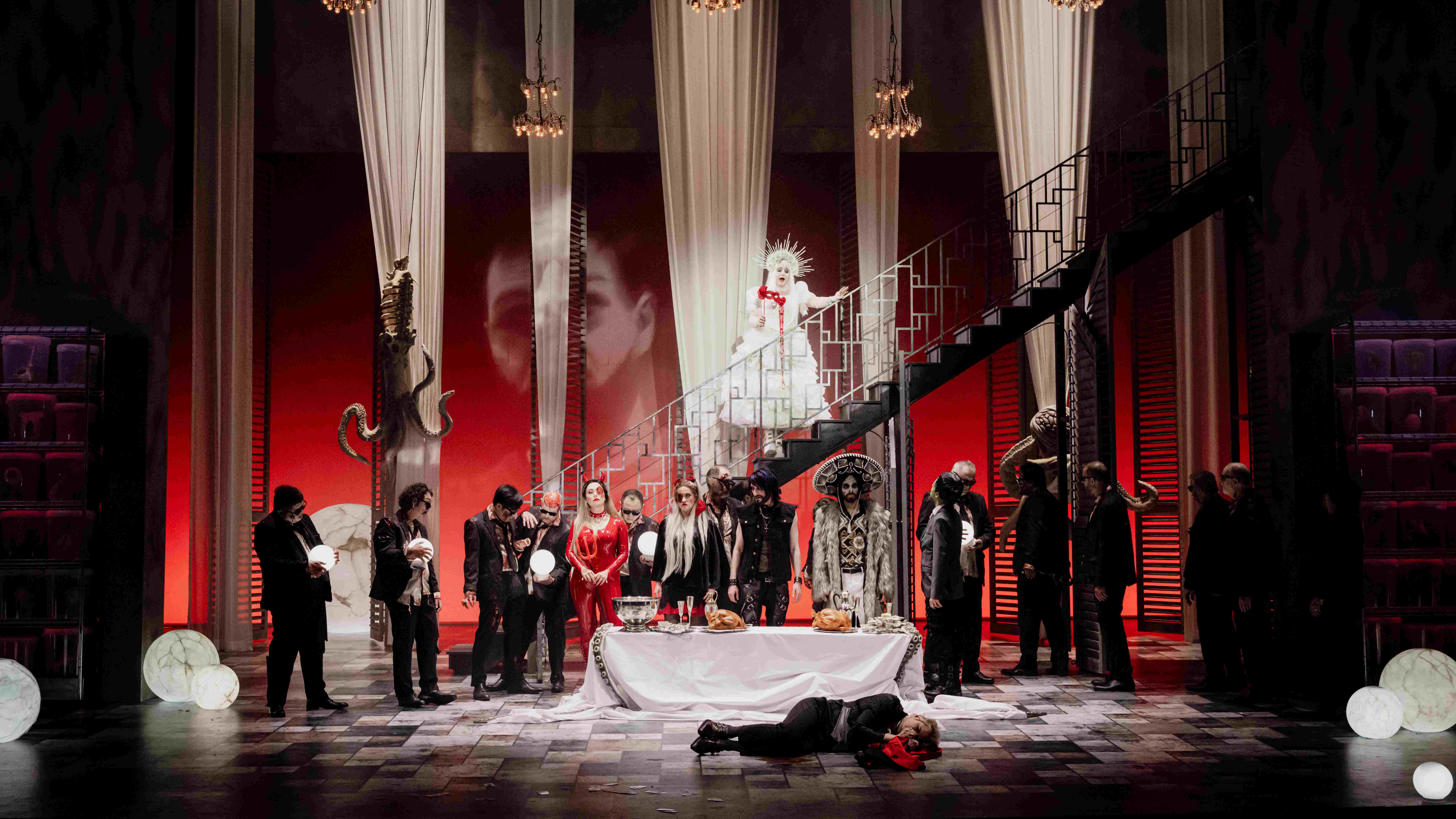La Cenerentola

La Cenerentola
Gioacchino Rossini (1792-1868)
Dramma giocoso en deux actes
Livret de Jacopo Ferretti
Créé le 28 janvier 1817 au Teatro Valle de Rome
FR La Cenerentola, dernier opéra bouffe composé par Gioacchino Rossini, créé en 1817 au Teatro Valle de Rome, est une adaptation du conte Cendrillon de Charles Perrault, mais dont le librettiste, Jacopo Ferretti, a enlevé tous les éléments surnaturels. Dramma giocoso en deux actes, La Cenerentola tire sa force d’un savant mélange de formes lyriques, mêlant le sérieux au léger, le pathos au comique. Pour cette nouvelle production, l’Opéra national de Lorraine (Rigoletto, 21·22) collabore avec le metteur en scène belge Fabrice Murgia (Alma, 23·24), Giulio Cilona à la direction musicale et la mezzo-soprano écossaise de renom Beth Taylor, dont on loue la coloratura exceptionnelle, dans le rôle exigeant d’Angelina.
EN After last season's production of Alma, the Belgian director Fabrice Murgia returns to the Théâtres de la Ville with a novel version of La Cenerentola. The folk tale of Cinderella infamously counts thousands of different versions across centuries, continents, and cultures, from the dark and grim to the enchanting and whimsy. In Rossini’s two-act dramma giocoso from 1817, the wicked stepmother is replaced by an evil stepfather and the lost shoe by a bracelet. The much-loved score is notably lively and expressive and features several standout arias and intricate ensemble pieces. Giulio Cilona will be at the helm as musical director, leading the Opéra national de Lorraine orchestra and chorus. The main roles feature Beth Taylor, Dave Monaco, and Daniel Miroslaw.
DE In knapp einem Monat schrieben Gioacchino Rossini und sein Librettist Jacopo Ferretti um den Jahreswechsel 1816-17 herum ihre Aschenputtel-Oper. Als Quelle diente Charles Perraults berühmte Märchensammlung, wobei Ferretti sämtliche übernatürlichen Elemente aus der Handlung strich. Im 19. Jahrhundert galt La Cenerentola als Höhepunkt von Rossinis Buffakunst, die der Komponist hier allerdings mit ernsten Passagen verbindet. Zwischenzeitlich fristete die Oper wegen ihrer anspruchsvollen Koloraturen ein Schattendasein, mittlerweile genießt sie aber einen festen Platz im Repertoire. Die Théâtres de la Ville zeigen eine Koproduktion mit einem ihrer langjährigen Partner, der Opéra national de Lorraine, in der Regie von Fabrice Murgia, den das hiesige Publikum durch Alma (23·24) und Menuet (17·18) kennt.
distribution




